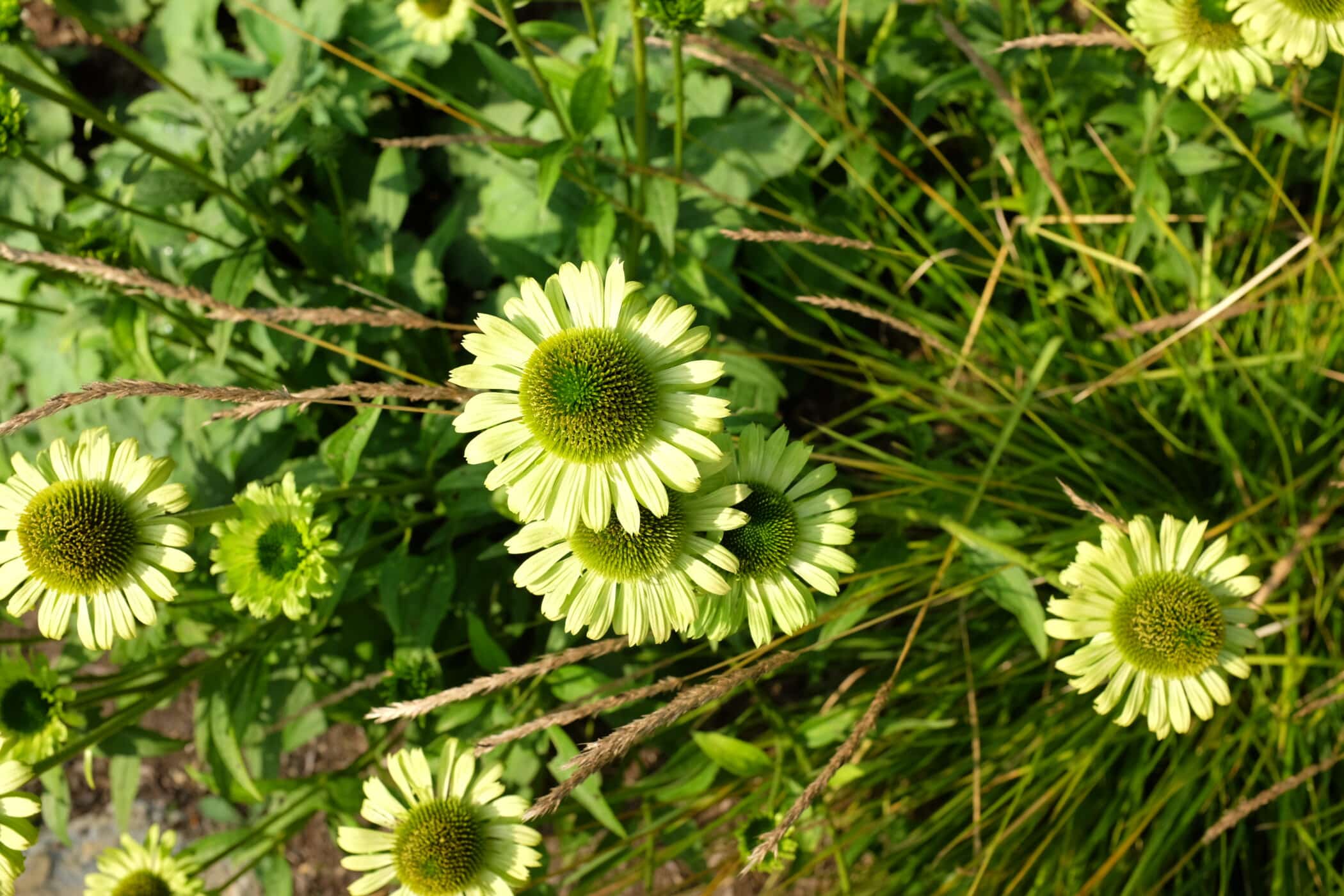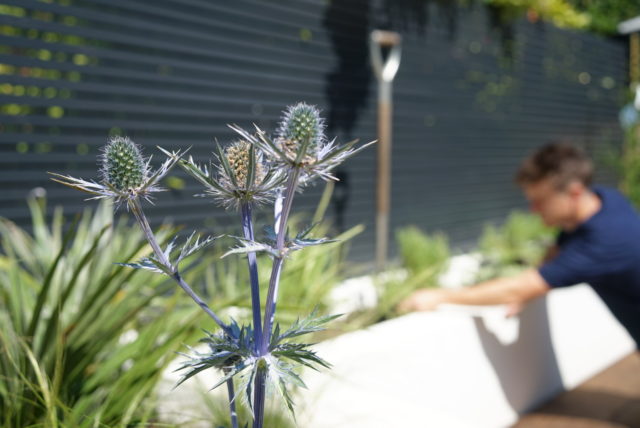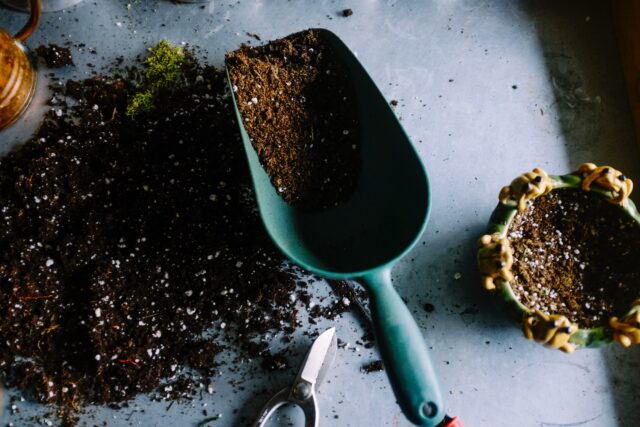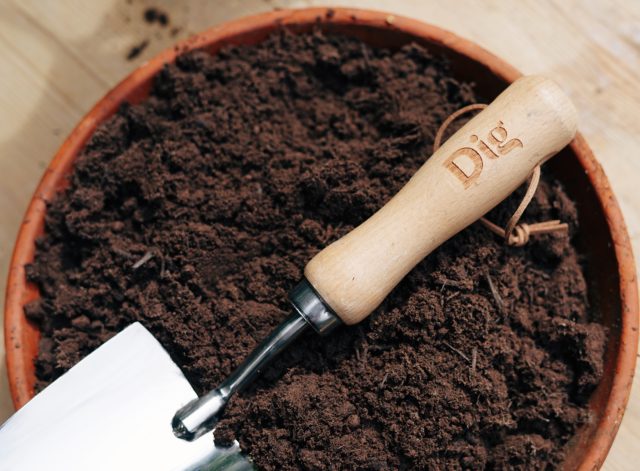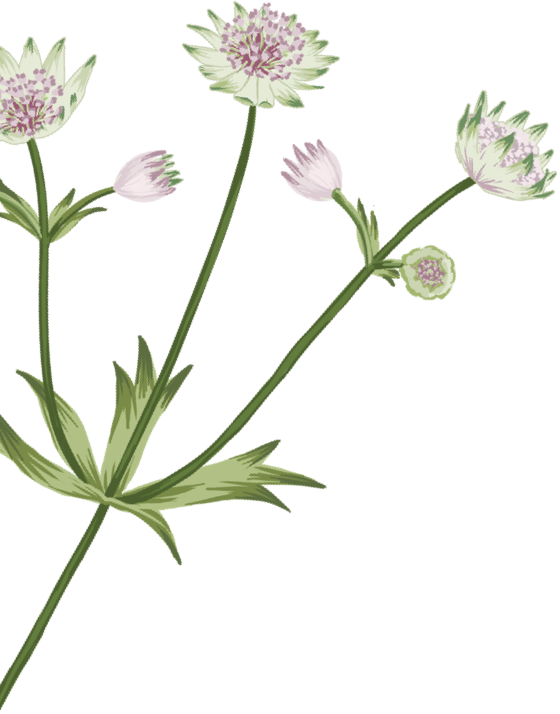Edimentals – where beauty meets bounty
Gone are the days of relegating edibles to a utilitarian corner of the garden. In 2024, we’re blurring the lines between the ornamental and the edible, creating stunning spaces that are as productive as they are picturesque. Picture, if you will, kale with its jewel-toned leaves mingling with vibrant zinnias, or cherry tomato vines cascading over trellises adorned with clematis. This “edimental” approach celebrates the inherent beauty of food-producing plants, transforming them into stars of the show. We have a very exciting announcement to come in 2024 on this front, so stay tuned!

Conserving water through garden design
Saving water is becoming an increasingly important aspect in the UK as summers get warmer, seasons shift, and hosepipe bans return year on year. Choosing suitable plants for your soil will help greatly with general soil maintenance but also how much you need to water them. This is something we always consider when designing our beds, especially for our sunnier designs but in the meantime a few things you can also do to help…
Choosing drought tolerant plants (most commonly used in our Mediterranean theme) are ideal, these generally need relatively free-draining soil (so not heavy clay!) and need very few nutrients in order to thrive. Many plants that are drought tolerant may take 1-2 years to be established enough to withstand periods of drought but putting the work and care in the short term will pay off in years to come.
There are many ways to save water in the garden too that, in the long term, will also save you time!
- Depending on the size of your garden, using a watering can will help greatly as it helps us to be mindful of how much water we’re actually using.
Dig Top Tip – Watering the base of the plant will enable its roots to take in water more effectively – spraying the foliage won’t give the plant that much water.
- Introducing a waterbutt if you have space is also a good, straightforward way to collect water. You can install one as part of roof or shed guttering, or incorporate it into your overall garden design to help make it more subtle. We love these integrated Prestige waterbutts from Freeflush which are sleek and well worth the money.
- Mulch borders to retain moisture. Mulch also improves soil quality by releasing nutrients into the soil.
- Spot watering is another quick and easy way to reduce overall water usage. If you can see one or two areas that look a bit dry or sad in summer then focus on these – you don’t necessarily need to water the entire garden!
Rain gardens
There is lots of talk about rain gardens at the moment – and quite rightly. With unusual levels of rainfall increasing, particularly when we see lots of rain fall at once, it’s a reminder that our gardens can be powerful tools to combat flooding and saturation, especially in urban areas. Rain gardens are very achievable in your own outdoor space. They are a great way to deal with heavy rain acting as a filter and helping ensure clean runoff. A rain garden is a shallow depression with absorbent yet free draining soil that contains various plants which can thrive even when occasionally flooded for a short amount of time. Ideally a rain garden is also able to direct or store rain water meaning your entire garden relies less on hand watering. There is a fantastic guide on how to introduce your own rain garden here at the RHS.
The importance of trees
The importance of trees has been in the forefront of humanity’s mind for centuries. They signal the change of seasons, and provide shelter from the sun and food for birds and insects. They also of course contribute to the environment by improving air quality, help with conserving water and preserving soil. Emotionally, trees help to create calming, visually interesting environments and bring a naturalistic style into gardens.
Having a tree as a focal point in your garden adds year round structure and with all the various forms of tree to choose from, you can really have fun with choosing what you’d like to plant. You can even create a design consisting of multiple types of tree to create your own sanctuary.
We’d love to see more and more trees introduced in 2024 – both in urban areas such as streets and parks as well as in our own gardens.
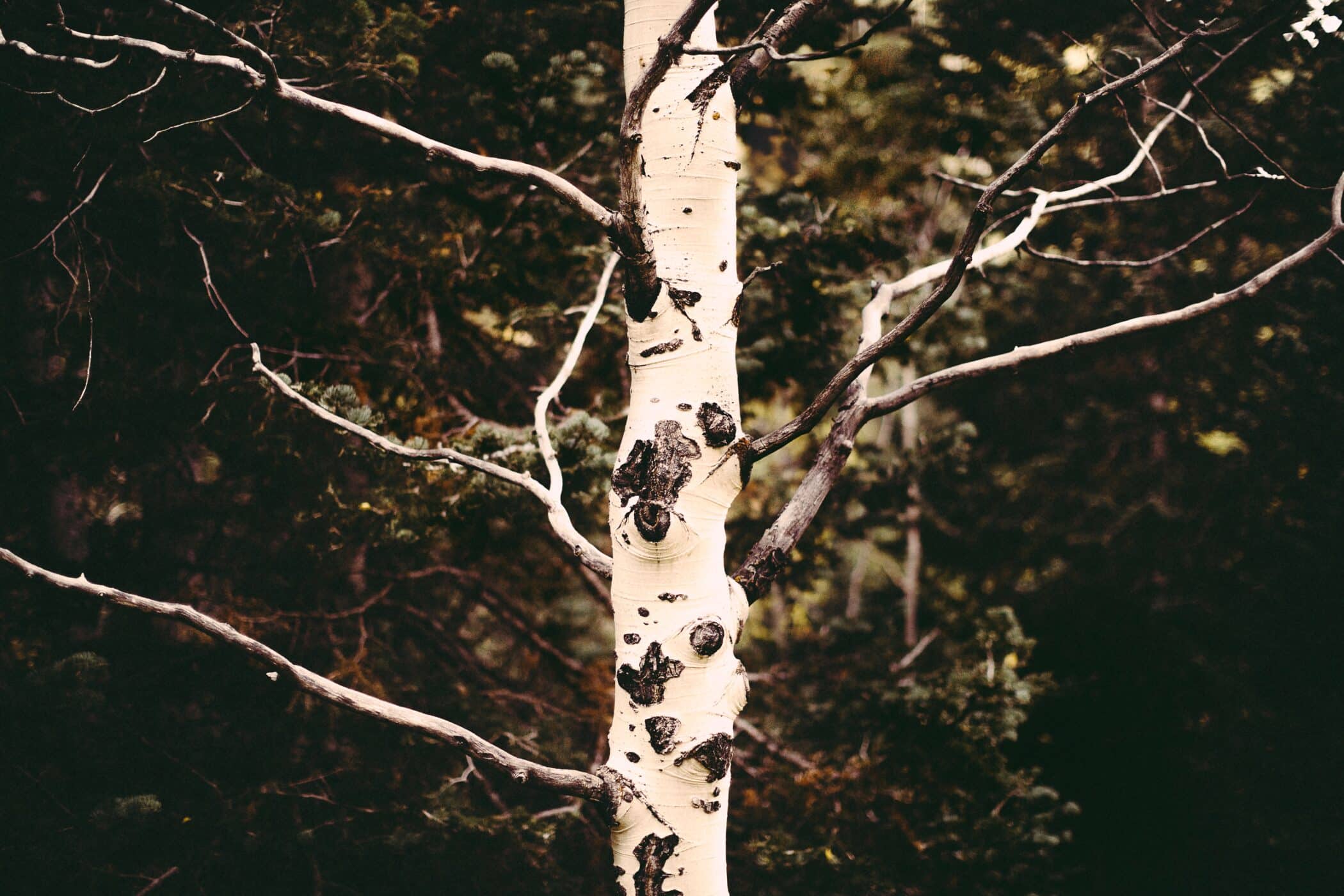
Evoking calming forests and Scandinavian shores, the Silver Birch is a key player in our Nordic Theme and a beautiful addition to any garden with its eye catching bark that brings interest all year round.
Joy and escapism
With all the various styles or themes of garden that you can incorporate into your own outdoor space, something that connects them all is that we generally all like to use gardens as a form of escapism. An outdoor sanctuary, connected with nature. If we look back at the history of gardens, they have generally always facilitated gatherings, and created feelings of relaxation. With the pressures we face both around the world and in our day to day lives, and with the encroachment of technology, the need to feel grounded, present and together and close to nature feels particularly important right now and we’re here for more of it next year.
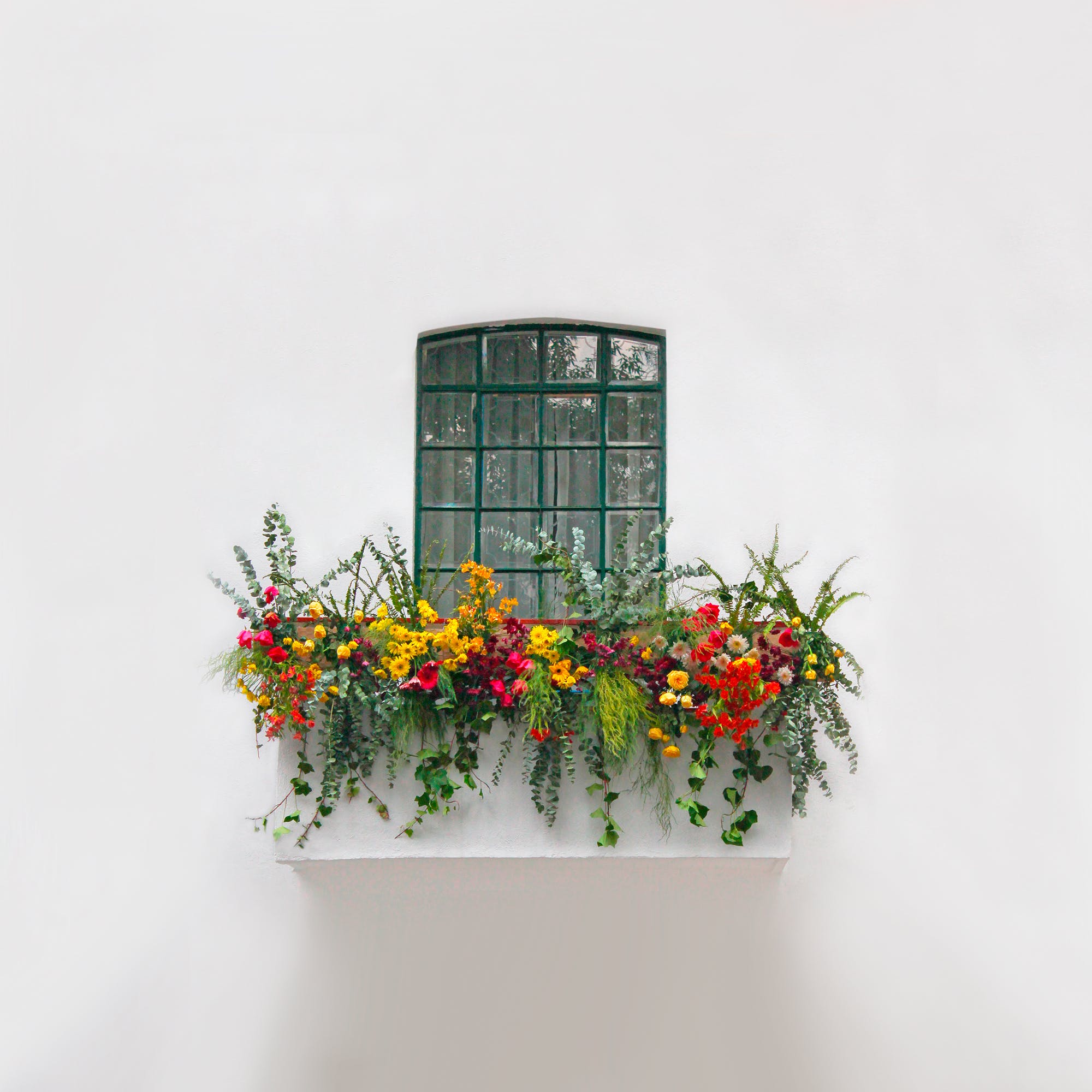
Whether it’s a vast garden or a petite balcony, greenery, plantlife, colour and nature are all things we’d like to see lots more of next year.
Invisible Helpers – looking after our soil
Encouraging pollinators into the garden, increasing soil health and helping the ‘invisible helpers’ that inhabit it and which are vital to a garden’s ecosystem is front of mind for us in 2024.
It’s not uncommon knowledge that encouraging bees, butterflies and other insects into our gardens is beneficial for them and for us. It’s also extraordinarily helpful for the wider ecosystem and, of course, for helping to sustain plummeting insect populations. These critters are easy to spot and therefore easy to see when our encouragements are working but there are also some ‘invisible helpers’ that are equally important for supporting plants and encouraging general garden. In one single tablespoon of soil there are 50 billion microbes alone. Microorganisms that are essential to healthy soil. Soil microbes aerate the soil as they move through it, helping with soil drainage and structure.They play a key role in the decomposition and cycle of nutrients and water to plants too. A renewed focus on our soil health is something we’d like to see more of in 2024. To read more about how to improve your soil health, check out this month’s list of jobs for the garden.
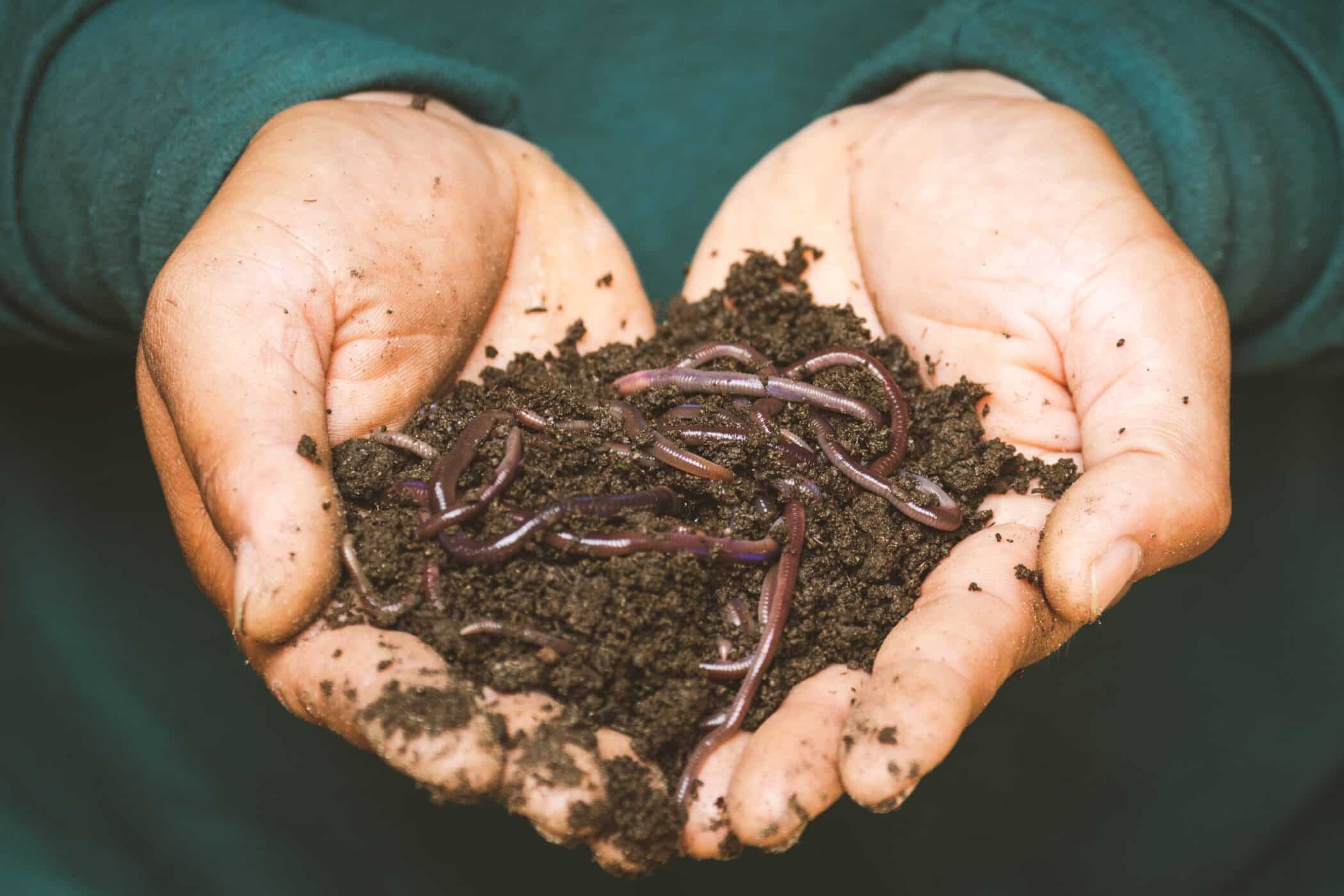
Nature’s palette
Step aside, sterile minimalism! 2024 is all about embracing a vibrant tapestry of nature. We’re saying goodbye to rigid colour schemes and hello to a riotous symphony of hues. Think fiery poppies dancing with delicate ferns, or the cool silver of ornamental grasses contrasting with the warm glow of more traditional flowering plants. Don’t be afraid to layer textures and play with scale – let your garden become a living kaleidoscope. When we design our Instant Beds, colour, texture and structure all work together to create a beautiful interplay and you can read more about each of them here.

